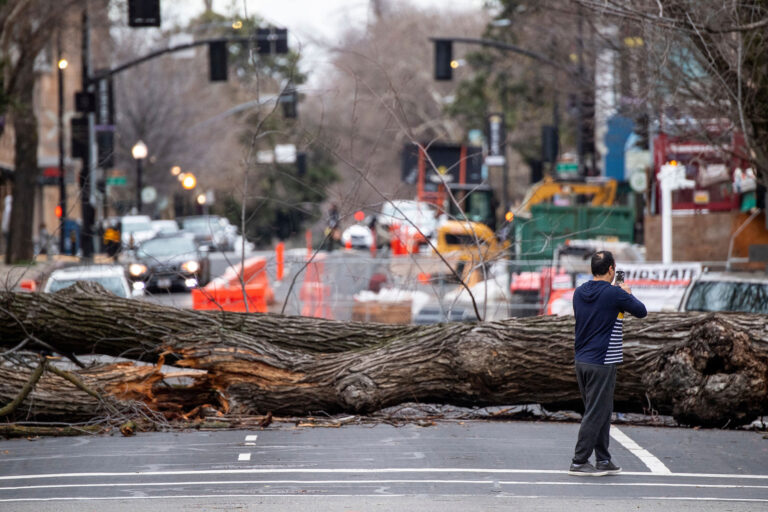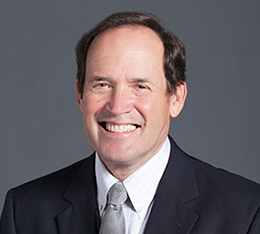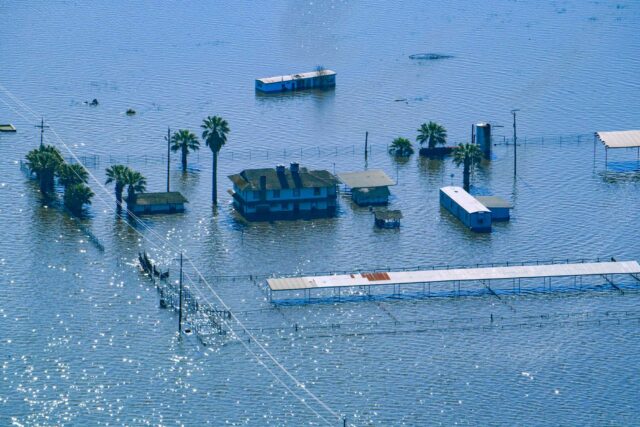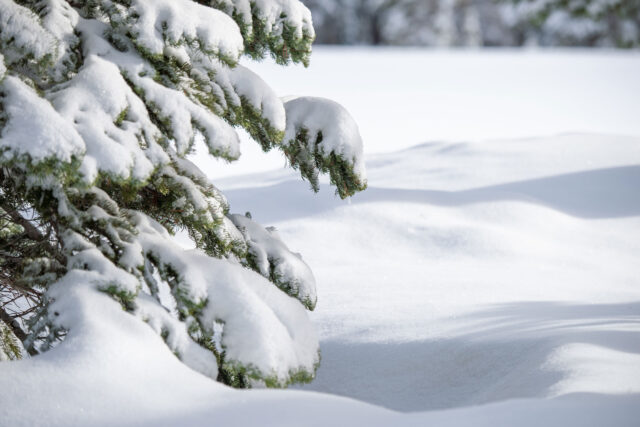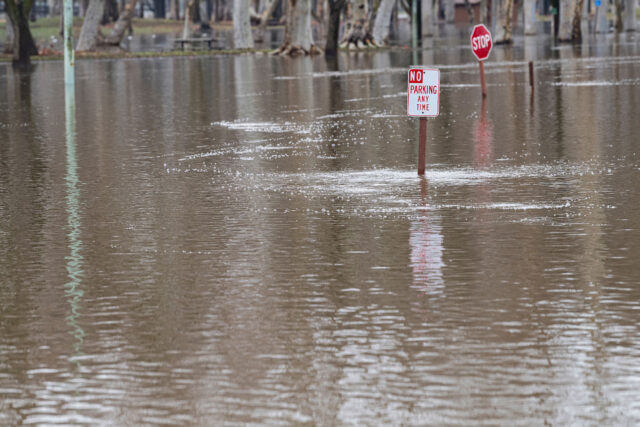California, with its serial atmospheric rivers, is grappling with an unfolding natural disaster. Over the longer term, there are many ways to reduce or mitigate risks from storms like these, including promoting good land use planning and zoning to avoid hazards, building infrastructure to better handle storms, and ramping up efforts to address the greater vulnerabilities of many low-income communities. But in the moment, one of the most important risk mitigation strategies involves communication.
Communication is the lynchpin of disaster preparedness and response. This includes raising awareness about a storm’s potential consequences, encouraging safe behavior, and enabling all-important communication during and immediately after the storm. During the recent spate of storms, I have had firsthand experience with some of the challenges our communication systems are facing. Indeed, the evolution of these systems may be making crises worse. My reaction to these events may highlight some challenges ahead for communication during the next flood, earthquake, or wildfire.
I live in Davis, about 15 miles west of Sacramento, California, which was battered by a surprisingly violent atmospheric river during the weekend of January 7th. Thunderstorms caused widespread damage. Power poles snapped in half in rural Sacramento County, showing that these powerful storm cells were packing winds of more than 75 mph, equivalent to an EF1 tornado. More than 600,000 households in the Sacramento area were without power—50,000 still are as of this writing. Cell towers were disabled and internet communication was shut down.
In Davis, more than 2,800 homes lost power. By the time we got home midday Sunday, our power had been restored. But lots of neighbors were still without power, and none of us had internet.
Being of advanced age, my wife and I turned to the three most important media we’ve used during a crisis throughout our lives: radio, television, and the phone.
Historically, we could rely on AM radio for news during a crisis. But in the Sacramento region, all the channels we tried were broadcasting sports, worship, or pre-recorded talk radio. Many were using languages we did not fully understand, reflecting the region’s diversity—and highlighting a major challenge in communicating to different communities during an emergency.
A switch to the FM dial was equally unsatisfactory. CapRadio, our local NPR station, was dark due to power outages. KQED from San Francisco, which has a relay station in Sacramento, was focused solely on Bay Area traffic challenges. And the rest of the dial had nothing to offer.
This led us to television, traditionally the crisis communication standby. Surely the four local news channels we’ve relied upon for four decades—CBS, NBC, ABC, and FOX affiliates—would tell us what was going on. But, like many, we had been receiving these channels through our internet provider—who was knocked out by the storm. We genuinely missed rabbit ears on top of the TV and the ritual blow to the top of the box to make things work. And none of this would have mattered if we didn’t have power.
We then thought about going to the third standby: the landline. Landlines are invaluable during crises because they are not affected by power cuts. But, like so many across the country, our landline had become besieged by robocalls, so we had discontinued it, shifting all communication to our cell phones. In any event, landlines are also losing their resilience to outages: the major telecom companies, backed by new Federal Communications Commission rules, are switching from traditional landline to fiber optic lines that are part of the internet.
This led us, naturally, to our cell phones—the most-used communication device during a crisis. We know from conversations with friends and neighbors that cell phones were a mixed bag; some completely lost cell coverage. For us, all we could do was send and receive calls. Even texts took 10-plus minutes to send and receive. Our problem was—according to a technician I talked to—a digital tragedy of the commons. People trying to use cell phones to access the internet—because their internet provider had gone down—ground cell phone communications to a halt.
Finally, even when you could get cell coverage and internet access through phones (by driving a few miles in my case), where do you go for information? Many local emergency agencies were communicating via social media platforms, but there was no single platform to check. One nearby county was only using Twitter (only one in five adults are on Twitter and there are legitimate concerns about its continued viability). Others were using Facebook. And some people were resorting to NextDoor, a website for neighborhood communication.
Today, full internet and cell coverage is back, and I am avidly following all communications about these storms. My problems were an inconvenience compared to most: people lost their homes, livelihoods, and lives. But my experience illustrates something to be concerned about in future disasters.
Communication failures can be front and center in deaths during a crisis. (Hurricane Katrina and, closer to home, the Paradise Fire are case examples). The Federal Communications Commission and emergency responders are all aware of this problem. What, exactly, to do about it remains elusive. But until some widely accepted standard appears, it is probably a good idea to diversify your communications options during natural disasters. Now if only I could find that old TV with the rabbit ears.

